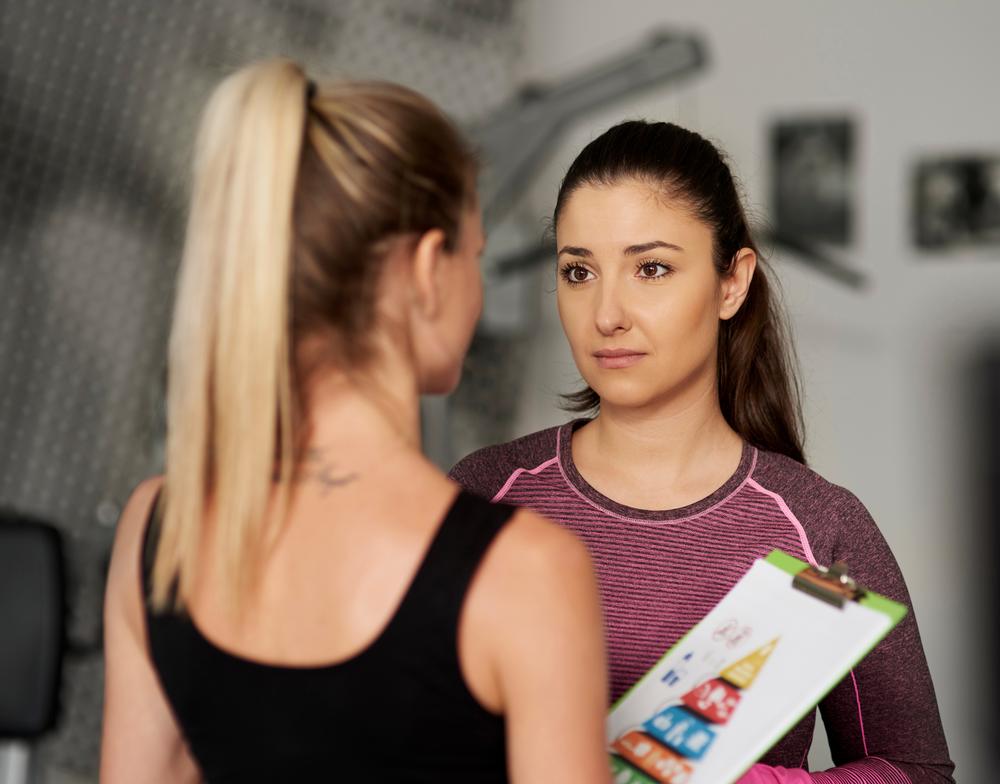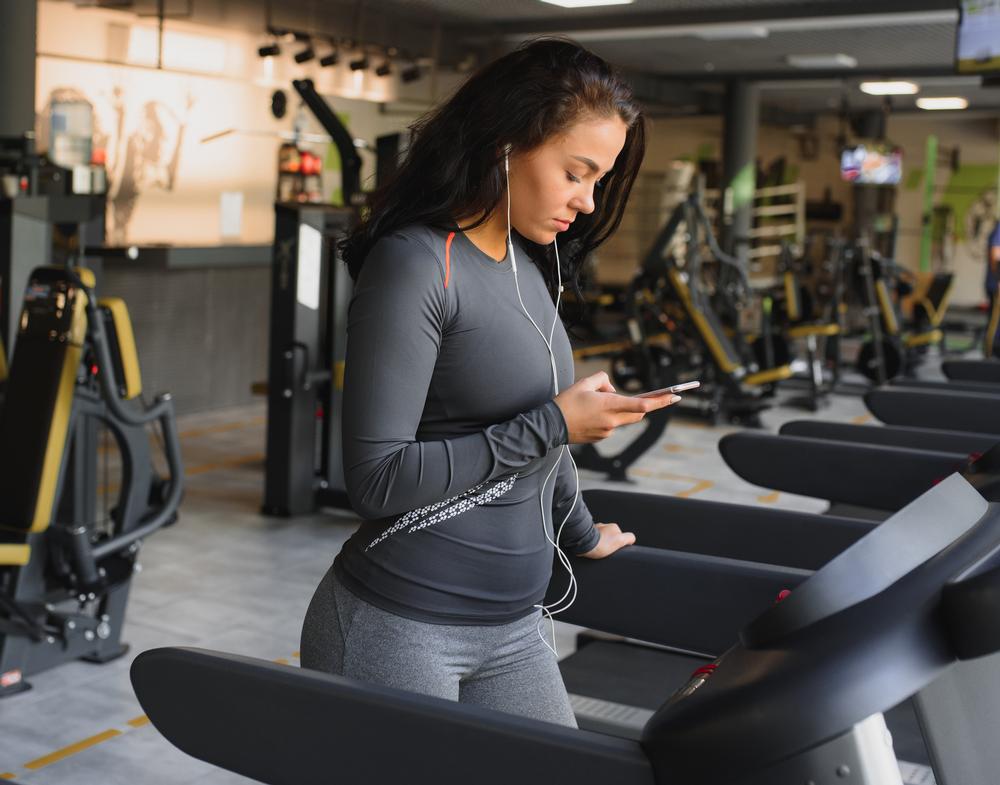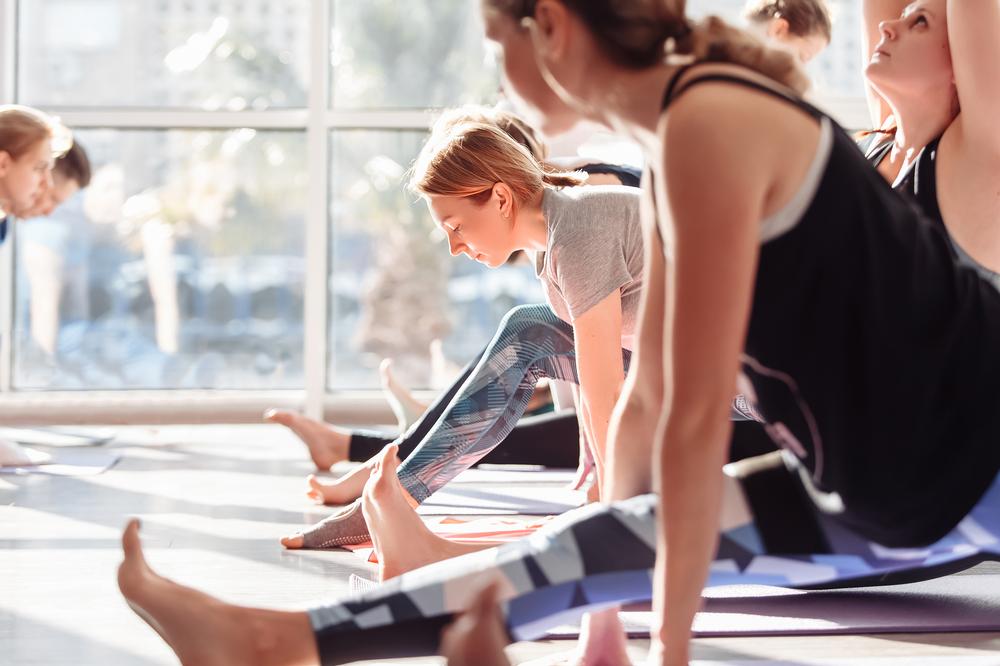In a world set up to reward extrovert behaviour, introverts are commonly misunderstood and judged – labelled as shy, lacking in confidence or even boring. Even the dictionary definition is reductive and fails to appreciate the many nuances of the introvert personality.
The scientific difference between introverts and extroverts is how they respond to the neurotransmitter dopamine: a chemical released in the brain that provides the motivation to seek external rewards.
Dopamine makes everyone more talkative, alert to their surroundings and motivated to take risks. Extroverts enjoy this feeling, even crave it, but it makes introverts feel overstimulated, so after a dopamine rush they need to withdraw to recharge their batteries.
Introverts thrive on a different neurotransmitter, acetylcholine, which allows for deep thought and reflection. In short it means that introverts can act like extroverts – and even be mistaken for them – but doing this drains their batteries and then they’ll need to withdraw. Put simply, extroverts recharge with people and introverts recharge on their own.
The world has been set up to be pleasing to extroverts, so let’s make sure that health clubs lead the way by offering inclusive, welcoming environments that introverts will want to visit, before we lose this group of members to digital streaming services.
So how can you make your club more appealing to introverts? We ask the experts.





























































